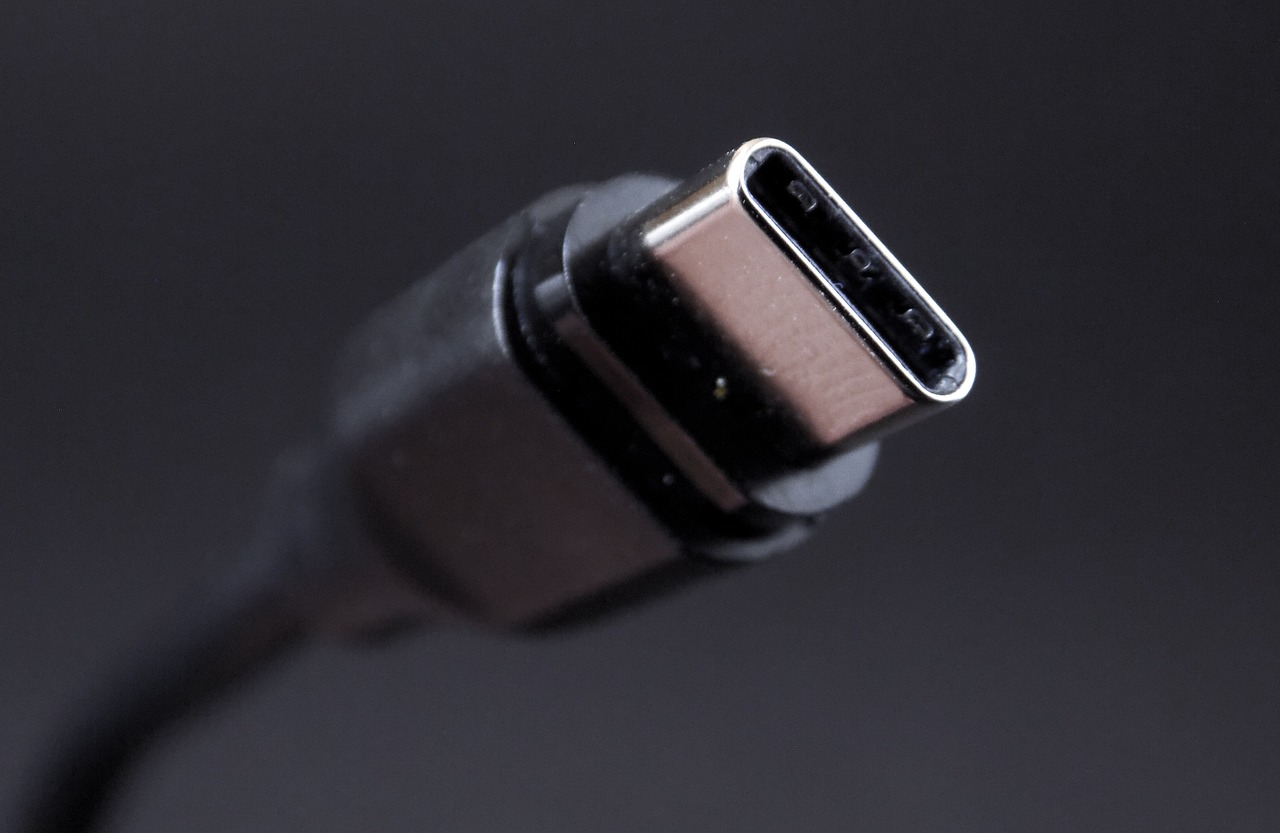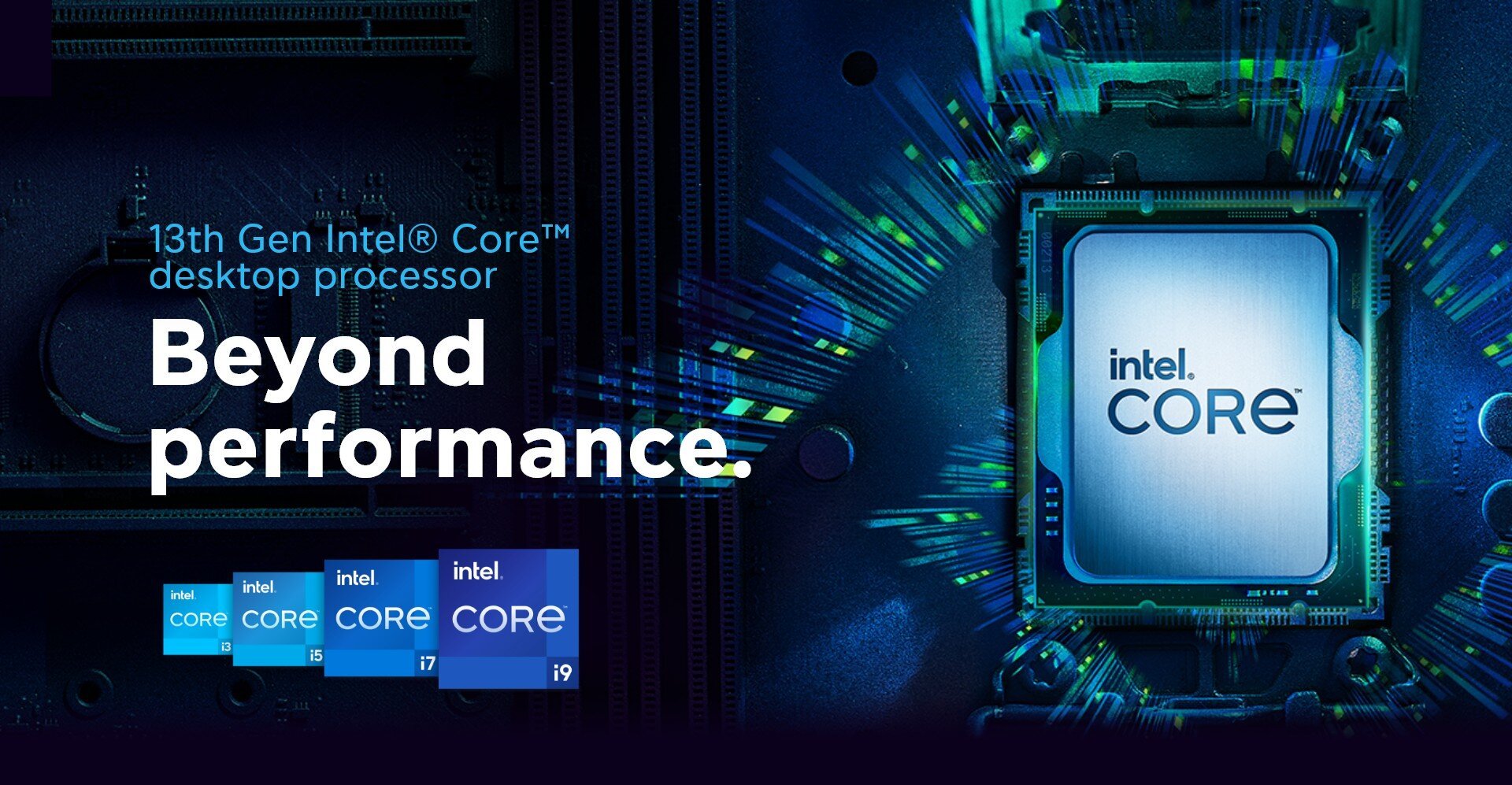
These steps are part of a larger effort by the USB Implementers Forum (USB-IF) to change the name of the USB standards. The team introduced new logos for cables, ports and packaging last year. The updated brand aims to help people understand what the standards can provide in terms of data transfer speeds and performance, as well as charging speeds, Jeff Ravencraft, president and CEO of USB-IF, told The Verge.
SuperSpeed (also known as USB 3) has been on the market for the past 10 years and you’ve probably seen it on USB cable boxes. In the future, USB-IF wants cable manufacturers to use “USB 10Gbps” instead of “SuperSpeed USB 10Gbps” and “USB 20Gbps” instead of “USB4 20Gbps”. Meanwhile, USB-C certified USB-IF cables should list data transfer speeds and charging power.
The changes have recently taken effect, and the updated branding could start appearing on labels and packaging by the end of the year. The brand’s guidelines apply to products with any type of USB port, with the exception of USB 1.0, which has (fortunately) disappeared from the market, and USB 2.0 (also known as USB Hi-Speed). USB-IF, in the latter case, considers that the use of “USB 480Mbps” may confuse those who see it on the packaging and think that it is faster than USB 5Gbps, simply because of the higher number.
Rebranding requirements apply only to USB-IF certified devices and cables. But because USB is an open standard (as opposed to Intel Thunderbolt 4), there’s nothing stopping manufacturers from using the SuperSpeed brand and USB4 if they really want to, notes The Verge. As such, it remains to be seen to what extent these measures will clear things up for consumers who only need a cable for their device.
Anyway, figuring out which cable you need is complicated enough already. Thunderbolt 3 and Thunderbolt 4 connectors and ports look the same as USB-C ports. Updated instructions won’t help you much if a cable supports DisplayPort or a specific fast charging standard.
On the surface, at least, these moves appear positive in reducing confusion and eliminating unnecessary routine, especially since late next year. Compulsory use of USB-C chargers For all mobile devices such as smartphones, tablets, cameras, etc. However, it’s unclear if dropping the SuperSpeed moniker, which is arguably less used than USB 3 anyway, will really help clear things up for most users. It might not matter anyway, given the widespread adoption of USB-C as a more global standard – which USB is all about.

“Total alcohol fanatic. Coffee junkie. Amateur twitter evangelist. Wannabe zombie enthusiast.”





More Stories
The famous movie is turned into a series
Found the largest black hole in our galaxy – what are these strange “celestial bodies”.
How to shut down your computer using the keyboard